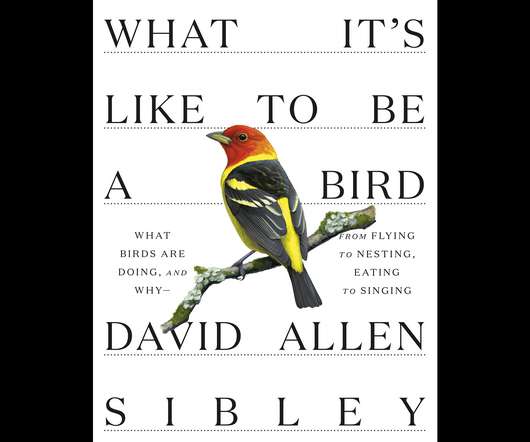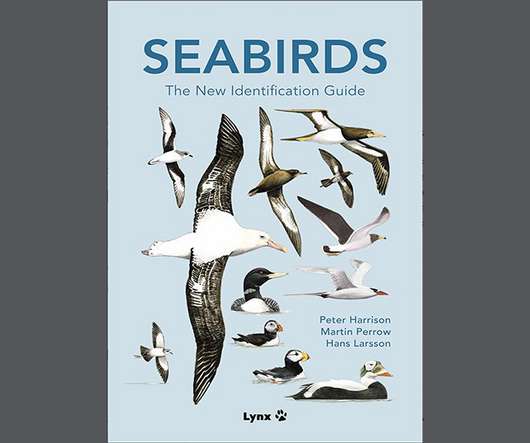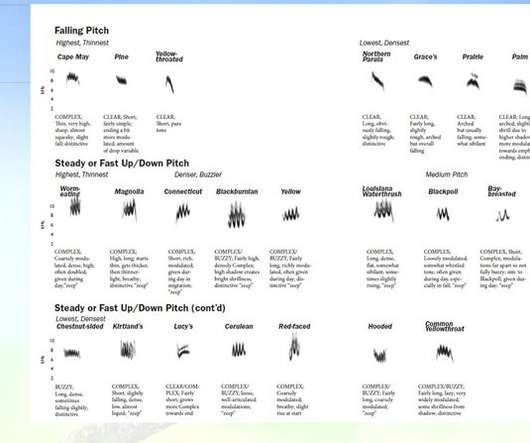What It’s Like to Be a Bird: A Review of the New Sibley Book
10,000 Birds
JULY 7, 2020
This is a delightful book, large (8-1/2 by 11 inches), filled with Sibley’s distinctive artwork and an organized potpourri of research-based stories about the science behind bird’s lives. Is a free digital download possible?) Do they have families too and do they take care of them? How are they different?











Let's personalize your content